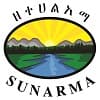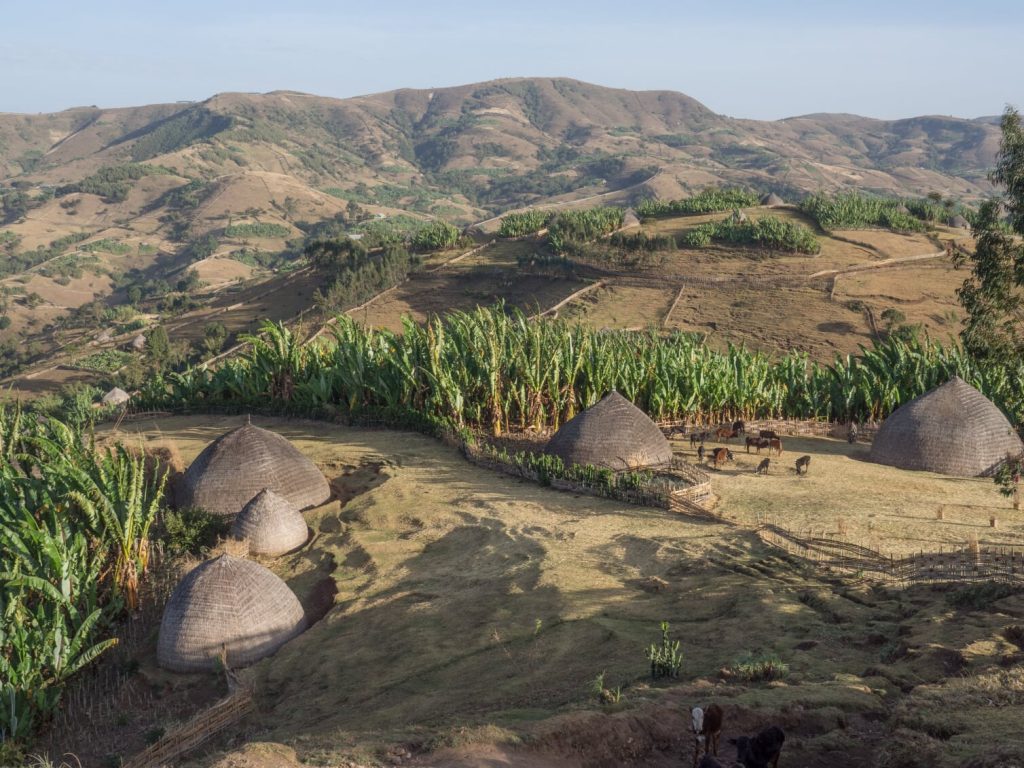Sustainable Forest and Land Management Project
The average household in Sidama has approximately 0.3ha of land which is less than half the average of 0.89ha in the SNNPR and 1.01ha nationally. Dramatic increases in population have been recorded in Sidama with an increase of 80% in Aroesa alone between the 1997 and 2004 census. The combination of small landholdings and extremely high population growth leads to a vicious circle of increased pressure on forests (for fuel and timber) and over-use and over-expansion of agricultural land. The result is land degradation, poor soil fertility and less biodiversity, reducing food security, exacerbating poverty and reducing the ability of these communities to respond to climate change.
This 2 year project which was funded by the European Union capitalized on SUNARMA’s expertise in participatory forest management and applied it to a new region. The goal of this project was to increase food security through improved agricultural practices while in turn improving land use management through the application of PFM principles, initially on 482 hectares of land in order to stave off further loss of forest cover.
Providing alternative livelihood opportunities which did not depend on the forest was an important part of this project. Incomes have been improved through the creation of various enterprises including fuel-saving stove production, beekeeping as well as fruit and vegetable cultivation. Beneficiaries included 350 people who received 5 mango seedlings each while 10 groups of farmers received 14 to 15 Kenya top bar beehives each to support their honey production businesses. The project paid particular attention to women with tailored training and agricultural inputs including seeds for women’s groups.
This project is the first stage of longer term engagement in Sidama where SUNARMA aims to build on and expand these early foundations. This project was funded by a grant from the European Union and we are looking for futher funds to expand the project into other woreda (districts).

